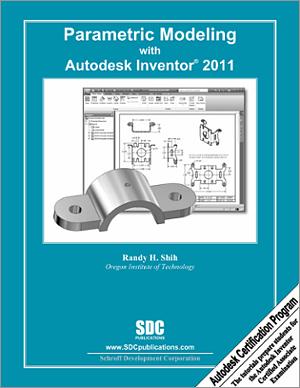
While editing using the size tool (say the thickness of a body) is limited to an offset, changing the size of holes can be done by offset, diameter and radius. You can push and pull geometry to the desired size or enter in a value. Options include changing the triad, orientating the selection and snapping parallel to other geometry. The Direct Edit tool allows you to select faces or solid bodies and make direct edits to them.

With the new Direct Edit tool you can parametrically move, size and rotate imported solids or native Inventor files. What if you could edit parts without affecting the history? What if you wanted to explore changes without committing to them or make a quick change and not have to go through re-editing features or reading error lists and fixing them? Direct Editing methodology also has it’s disadvantages too. It can be hard to edit complex parts with Parametric Modellers, especially when it is someone else’s creation or been a while since the file was used, which is why many CAD users like Direct Editing, you’re not constrained by a history of features. The ongoing debate in CAD modellers has been what’s better Parametric or Direct Editing? What about having both?Ĭhanging features in parts with complex histories in Parametric modellers can be painful and a slow process because changes can affect other features causing errors, analysing those errors and rework.

There’s 2 big additions and many enhancements, so in this article I’m going to concentrate on Parametric Direct Editing, Freeform and Large Assembly Express Mode. Inventor 2015 is one of the best releases yet, unlike any other CAD tool on the market today because it not only delivers enhancements to existing tools and UI but adds new technology that makes this product so unique. Hybrid Parametric Direct Editing, N.U.R.B.S with T-Splines and more…



 0 kommentar(er)
0 kommentar(er)
